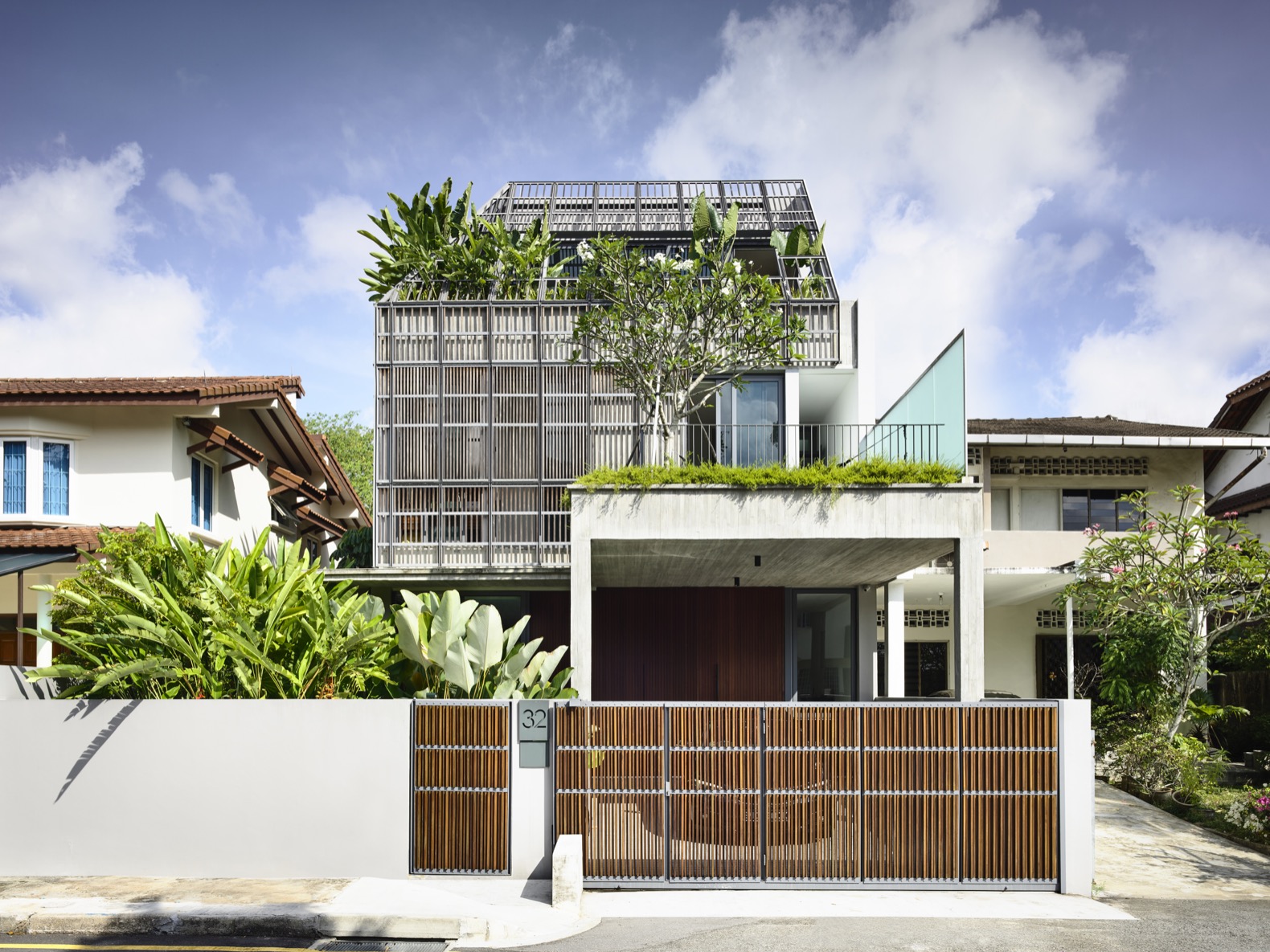Timber slats are a great addition to your home as they offer a distinct aesthetic look while still providing privacy. However, no matter how visually interesting timber slats are, they can still look bare and empty when installed alone. Fortunately, there are ways you can transform the appearance of timber slats in your backyard.
Whether you want to gain some privacy from your neighbours in your garden or turn an unused area of your landscape into a breathtaking attraction, you should consider growing these 10 house plants that go well together with timber slats.
10 Types of House Plants That Looks Good with Timber Slats
Clematis
Clematis is one of the most popular garden plants as it blooms beautiful and colourful flowers, ranging from periwinkle pink to blue and lavender. These plants are ideal for warmer areas as they need well-drained and rich soil and full sun to grow tall.
One type of clematis you can consider growing next to your timber slats is the sweet autumn clematis, as it grows tall and wide. It is a very vigorous plant that blooms white flowers, providing full privacy for your backyard.
Hydrangea
Hydrangea is a climbing vine that can grow up to 50 feet tall as they use the holdfasts (suckers) in their branches to climb fences and other structures. As such, they go perfectly well with timber slats.
During the summer months, this plant can bloom beautiful white flowers with the dark green and heart-shaped foliage as its backdrop. However, hydrangeas can look just as stunning during autumn with their lovely yellow leaves.
Bougainvillea
Bougainvillea plants produce stunning flowers in a range of colours, such as orange, red, yellow, and purple. They are also drought-resistant and thrive perfectly well when getting large amounts of sunlight. However, they will need support to climb timber slats or any other walls in order to grow fully.
Tip: If you are planning to tend bougainvillea on your own, make sure to wear gloves as they have thorns.
Trumpet Creeper
The gorgeous flowers of trumpet creepers can bloom even during mid-winter, making it a perfect choice for your winter flower display. And beyond those stunning blooms are the dense foliage, which can provide you with enough privacy for your garden. Overall, the combination of the vibrant orange flowers, evergreen leaves, and purple-streaked stems result in a distinctly tropical look.
However, it’s a must to ask your local extension service about trumpet creepers before you plant them in your home, as they can be invasive in some areas. Furthermore, they need full sun and fertilised soil for best performance.
Honeysuckle
The honeysuckle’s distinct trumpet-shaped blossoms are a great addition to your home. This plant also comes with a unique scent that can fill your garden which attracts hummingbirds. In addition, it can adapt to most soil types and only needs average amount of water to survive.
Grape
Grapevines do not only look good, but also produce fruit, depending on their variety. These plants can withstand full sun and a range of soil types, but also needs strong support, since the fruits produced can cause the vines to become woody and heavy over time.
Did You Know? Grapevines are one of the first plants cultivated by humans to produce wine.
Wisteria
Timber slats can provide the wisteria plant a sturdy structure to let it grow wide and tall for the much-needed privacy on your home. It blooms fragrant white or purple-blue flowers, which look their absolute best during spring. Just make sure to plant them where they can get full sun as much as possible.
Passionfruit
Passionfruit vines make good house plants, as their evergreen foliage and distinct purple flowers can instantly transform the look of your backyard. These plants can also produce delicious fruit for your family! However, the first edible fruit will appear six to eight months after planting and the best crop will come at around 18 months, so it’s best to be patient.
Tip: Passionfruit vines grow extensive roots so make sure to plant them on a spacious garden.
Mandevilla
Most homeowners plant mandevillas around their mailboxes, but these plants can also look lovely when planted next to timber slats. If you grow them as houseplants, ensure they get indirect or filtered light and let the soil dry in between watering.
You can consider the Mandevilla Aloha series for your home, as it thrives in large pots and produces gorgeous red and pink flowers for most of the year.
Jasmine
The jasmine plant looks brilliant even with very little care, and can perfectly complement the timber slats installed on your home. This plant can perform well in partial shade and in full sun, and can survive most harsh conditions.
Furthermore, jasmine shrubs are perfect for climbing over any structure because of their vigorous property. As such, they can be used as a cover for private areas on your property.
Timber slats can enhance the look of your home with its unique aesthetic, but they can be plain when installed alone. Fortunately, you can grow these house plants to transform the appearance of timber slats on your home.
Author Bio:
George Katsoudas is a Digital Marketing Professional who works as the Managing Director of Low Cost SEO, a digital marketing firm in Sydney. He is also the Digital Media Manager for House of Bamboo, offering Australia the most varied collection of classic and new natural materials.
Company Bio:
House of Bamboo is Australia’s trusted source of eco-friendly and high-quality natural materials that can be integrated into contemporary setting. Our range of products encompasses high-quality bamboo fencing, timber screens, privacy screens, decorative screens, ceiling panels, rattan cane webbing, fence panels, and pool certification.

